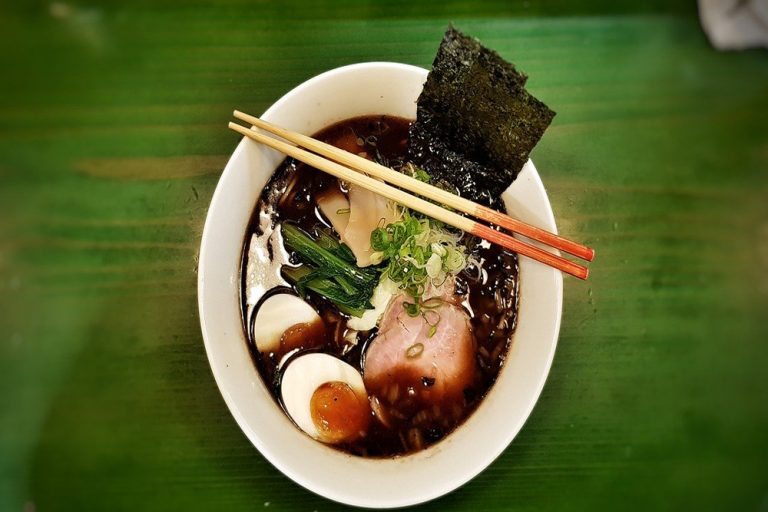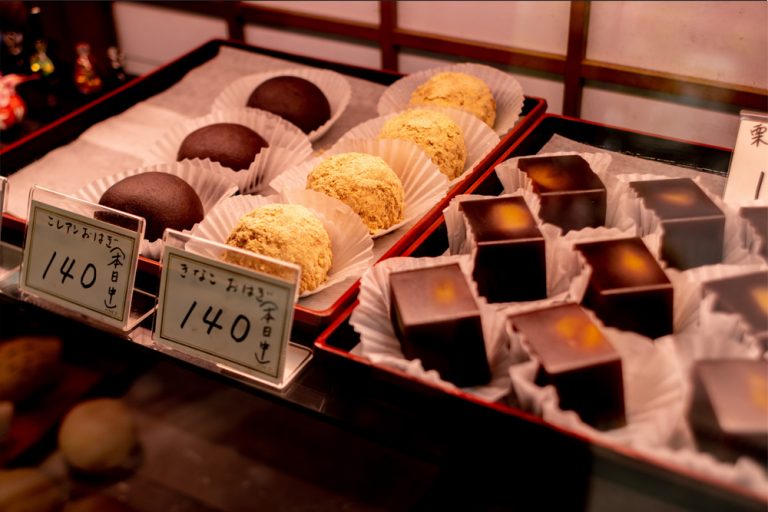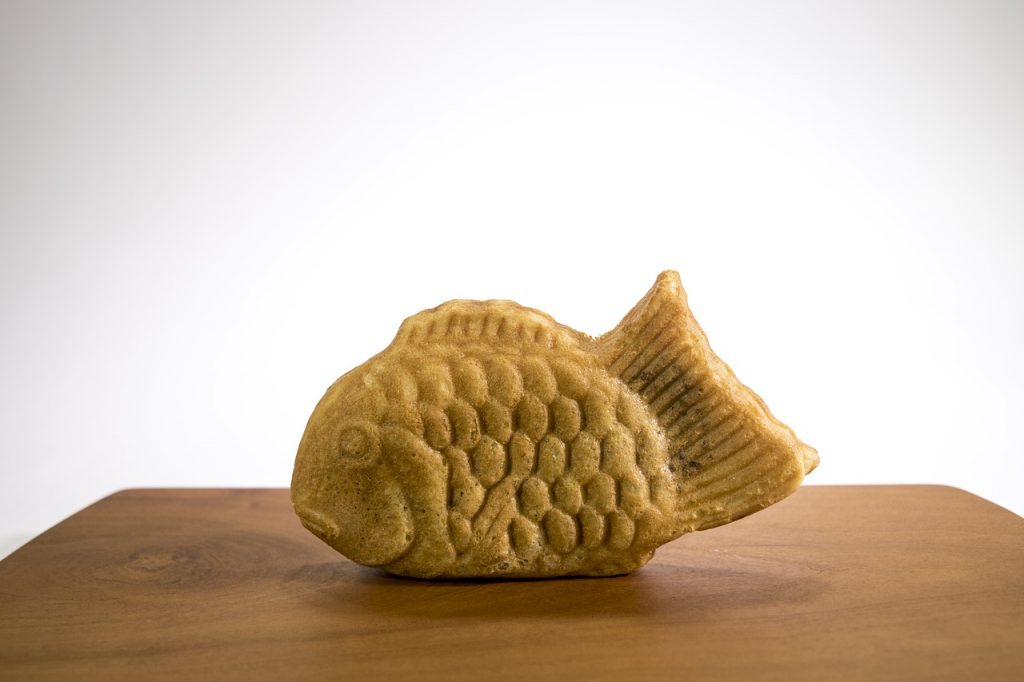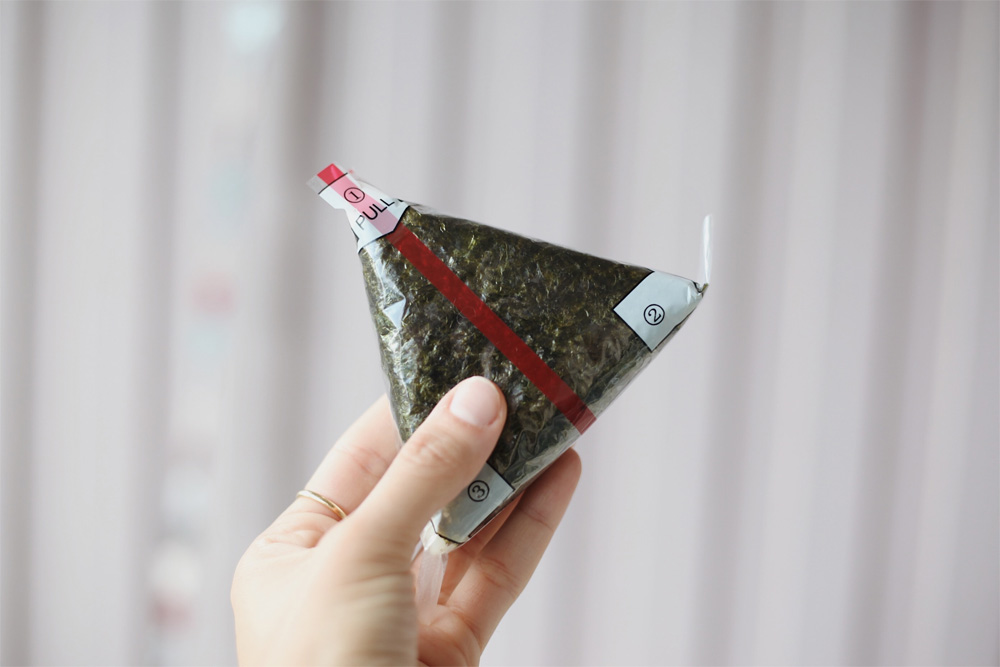




Welcome to the Food of Japan Tour, from Off The Track Japan’s “Couch Tourism”. We hope you’ll enjoy your stay with us, and maybe learn a few things about the wonders of Japanese food and sweets. Now, get ready for this virtual tour of Japanese food. This page is quite a long page, however, since most of us around the world don’t have much to do anyways, we figured we better go big.
Here’s a little intro brought to you by our friend TAIKI B on YouTube. Check out his channel here: TAIKI B
Warning: You may get hungry.
Sushi & Nigiri

No tour of Japanese food would be complete without mentioning possibly the most iconic Japanese food, which for those who don’t already know, is Sushi. While it’s not for everyone, and many people have reservations about it – I mean, most people think it’s just raw fish and seaweed after all – Sushi does come in so many different forms that can appeal to everyones tastes. From Vegetarians, to those who love a nice, juicy slab of beef with everything they eat. Yes, while Sushi is traditionally fish, you can find many options of different flavors, types of sushi, and different experiences.
One of the best places to experience a lot of sushi, with so much variety, all for a low price, is at sushi train restaurant chains in Japan such as Sushiro(スシロ), where you can get a plate of sushi / nigiri (2 pieces) for as low as 100JPY. Nigiri is also very similar to sushi, however, it doesn’t have seaweed. You can order special sushi from the kitchen, or you can just pick up whatever comes by on the conveyor belt in front of you. I personally am a big fan of the grilled salmon with cheese nigiri from Sushiro.
Ramen
Ramen is a perfect meal for those cold nights, and those warm summer afternoons. A delicious noodle based dish with a seemingly endless stream of possibilities, from broth flavouring, toppings, meat types (or non meat), spices, and even temperature. Ramen is my favourite Japanese food to eat, as there are so many different varieties and different specialties around the nation, and I love trying to find the spiciest ramen broth out there. For me, Ramen is more than food, it’s an adventure, and each bowl tells a different story. A story of passion, a story of creativity, adventure, and experience.

Chicken Kaarage
Like Gyoza, Chicken Kaarage is another favourite for eating with Ramen, but I prefer to eat it on it’s own, or with some potato fries. Kaarage is just the Japanese style of frying chicken, and once you have a good piece of Kaarage, you will be hooked. The best pieces to use for Kaarage are of the dark meat pieces of chicken, as once they are battered and deep fried, retain the most amount of moisture. Biting into a nice chunk of Kaarage and watching the juices explode outwards – that’s how you know it’s a good piece of kaarage.

Karaage is also a very popular streetfood and it’s not hard to see why. Most street food places just serve it on a stick, and you usually get a few pieces for a few hundred yen. When I eat Kaarage by itself, I feel very unhealthy, so i decided to mix it into a salad of sorts, or at least just using iceberg lettuce, which just creates a fresh new flavour in your mouth. A guilty pleasure of mine is getting a few from the convenience store down the road, and popping it in a ceasar salad I made at home. Just a perfect way in my mind to eat it.
Shabu Shabu

Shabu Shabu is when we start breaching into the unique/different Japanese foods that many people from the west haven’t even heard of. Shabu Shabu is a hotpot style of cooking, where you cook your vegetables and thinly sliced meat in a broth and eat as things get cooked. The more you eat and use for the broth, the richer the soup becomes, which just enhances the flavour for the next piece of food you cook. Shabu Shabu is a very communal type of meal, great food is always enjoyed with great company.
Kobe Beef is famous for being one of the worlds finest & expensive beefs. Now imagine using Kobe Beef, with it’s extremely high fat content, for something like this. It’s a once in a life time experience and the flavours just create pure joy – I was so fortunate to try it out one day last with my host family that I had stayed with on my first trip to Japan and what got me started on this journey of a life time.
Omurice

Omurice (Omurisu)is a combination of Omlette, and Rice. And it’s pretty much what it’s name says. It is a Japanese style omelette, draped over a bed of flavoured rice – typically flavoured with ketchup or some other tomato based sauced – but as works very well with fried rice. Omurice is a popular mean for lunch in Japan, especially for high school students and children, but everyone from small children, to grandparents can find themselves enjoying this unique and flavourful dish. Kaarage, and Hamburger Steaks are also commonly enjoyed with Omurice as a side dish.
Yakisoba
Yakisoba is another noodle based dish. However, it feels much healthier to eat than ramen as there are a bunch of fresh vegetables mixed in and grilled with the noodles. Yakisoba uses buckwheat noodles, and are fried together on a grill with veggies, pork belly(optional) or thinly sliced beef, and mixed together with Yakisoba sauce, which is sweet and slightly sour at the same time.

Kabayaki

Kabayaki is definitely a more traditional style of fish / eel based dish. It involves splitting the fish or ell down the back and butterflied, and then coating it in sweet soy sauce mixture, then broiled/grilled. When eel is used for this dish, and placed in a bowl of rice, the dish becomes Unadon. This particular dish changes depending on which region you visit of Japan. In the Kanto Region of Japan (closer to Tokyo) the meat is often steamed and then glazed in the soy sauce which creates a more tender and flakier version of this compared to Kansai (Osaka area), where this practice is far less common.
Tempura
Originally from Portugal, but made Popular by the Japanese, Tempura is a favourite fried food for locals and tourists. I mean, a light and crispy batter on some deliciously fresh vegetables. I mean, It combines healthy foods with a not so healthy yet still delicious fried crust. Tempura works very well on it’s own, as a side, or inside of an udon dish. In my onion, the best tempura vegetables are onions and potatoes, while the best protein to tempura is definitely prawns/shrimp. Putting Tempura Prawns in my Udon is definitely a guilt pleasure and I have no plans on stopping.

Sashimi

Sashimi is certainly a meal for those who are a bit more adventurous. See, Sashimi is a lot like sushi in a way, except in Sashimi, you are just eating the fish, It’s not wrapped in rice or places atop a bed of rice, it’s just the fish. Good Sashmi prepared by an expert chef is something to awe at, as most westerners wouldn’t dare to eat raw fish, but an expert chef knows exact what pieces taste the best for this national specialty. One of the most rare fish to find as Sashimi is Fugu due to the risk involved with eating and preparing due to the amount of Toxins within the Fugu fish.
More commonly seen as Sashimi are Tuna, Salmon, squid, octopus, and many other ocean fish.
Snacks, Sides & Sweets
Gyoza

Gyoza is my favourite side dish when I have Ramen, 90% of the time, I always get a nice healthy portion of Gyoza. Gyoza (can be vegetarian as well) is a dumpling with a mixture of pork mince and spring onion, which is then fried, and served with this acidic dipping sauce which In my opinion is a necessity for eating gyoza. Gyoza, without the dipping sauce, is a solid 7/10. With the dipping sauce, easily 9.9/10. The dipping sauce just adds acidity, and just an ever so slight flavour change which simply works perfectly with the dish. While I have a mild pork allergy, I still can not resist the temptation of a perfectly crafted gyoza dumping.
Yakitori
Yakitori is both enjoyed as a street food, and as pub (izakaya) food. Yakitori, roughly translates to fried/grilled chicken, and that’s pretty much a spot on description of yakitori. When cooked, the chicken is glazed in a sauce slighty different teriyaki that is a bit sweeter. Yakitori is perfectly cooked where an ever so slight bit of charring occurs on the chicken. The sauce is kept on and reapplied while cooking to ensure that the outsides get charred, but the insides get juicy. It’s a great little snack for when your out and about exploring temples or the great scenery of Japan.

Mochi

Mochi is a Japanese sweet, often consumed following a meal. Its made of rice that has been pummeled to death and flattened to form a sticky rice ball. Making Mochi is hard work, as traditionally, a large wooden mallet is used to hit the rice several hundred times, while being infused with water and is kneaded between hits. It’s at least a 2 man job, and making mochi is certainly a very physical activity. However, if you do want to get your hands on some mochi, then worry not, as you can buy it fresh from convenience stores, supermarkets, and some restaurants.
Mochi does have a very unique taste, you can hardly tell that rice was used to make it. It’s unbelievable sweet, and it’s very chewy – and your jaw might get sore if you eat too much too quick. Mochi is best enjoyed with Japanese Green Tea.
Taiyaki
Taiyaki is a popular street food snack, found commonly at festivals in the summer, and supermarkets year round. It’s a sweet cake that’s fish shaped, and often filled with red bean paste, known as Anko. The red bean paste is very sweet, but it does have a strange texture that some find off putting. However, It is still a widly popular snack enjoyed around the nation despite some tourists finding its taste to be somewhat acquired.

Onigiri

Onigiri is a popular side dish for lunch – particularly for kids as Onigiri is an easy food to make, and it’s easy and cheap to buy at the convenience store. It makes for a great trail snack, and you can usually get each Onigiri from the store for cheaper than 150JPY. Onirigi is just Rice, wrapped in seaweed, and typically filled with a variety of fillings, from the most popular of Tuna & Mayo, to some obscure flavours such as fish eggs. Onigiri makes for a pretty tasty and light little meal if you are out and about and don’t have much time to eat.
Dango
To end off this list, we had to mention Dango. Dango is so popular, there is a song that was based around this popular desert/snack food, and was used in the anime ‘Clannad’. Dango is very similiar to Mochi, and is made from rice flour. However, Dango is usually prepared and served differently. The Dango dumplins are typically served on a skewer, and change flavours depending on season and region. They are served year round, but each season typically has a different flavour, from sweet in the spring, to salty sesame, Dango does a have many variations.

Dango is most commonly enjoyed at Hanami festivals in the spring, where locals go out and view the beautiful cherry blossoms for the short time they are in bloom for. People will often eat Dango in a park under the trees and accompany the sweet with some Japanese green tea.
We’d like to thank you for joining us on this tour of Japanese foods. We certainly left out quite a few, but we had to limit our list significantly. We really appreciate it if you made it this far. If you would like to get your hands on some Japanese sweets for yourself, we have joined TOKYOTREAT and you too can get a crate of popular Japanese candies and sweets delivered right to your home. You can check out what packages they off by clicking here now
Like what we do? Why not help us keep going!
Off The Track Japan offers travel information on our website completely for free. But we do still have bills to pay. We want to keep our information free for everyone, but we do ask that you’ll consider helping us out. We’d really appreciate the support and it will go a long way.
